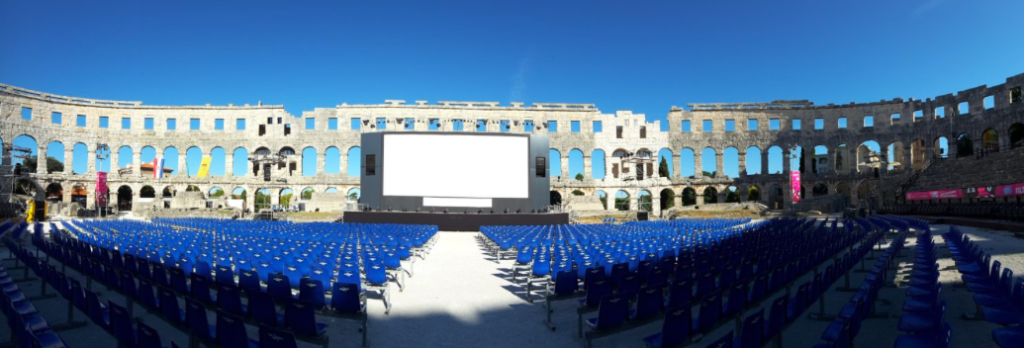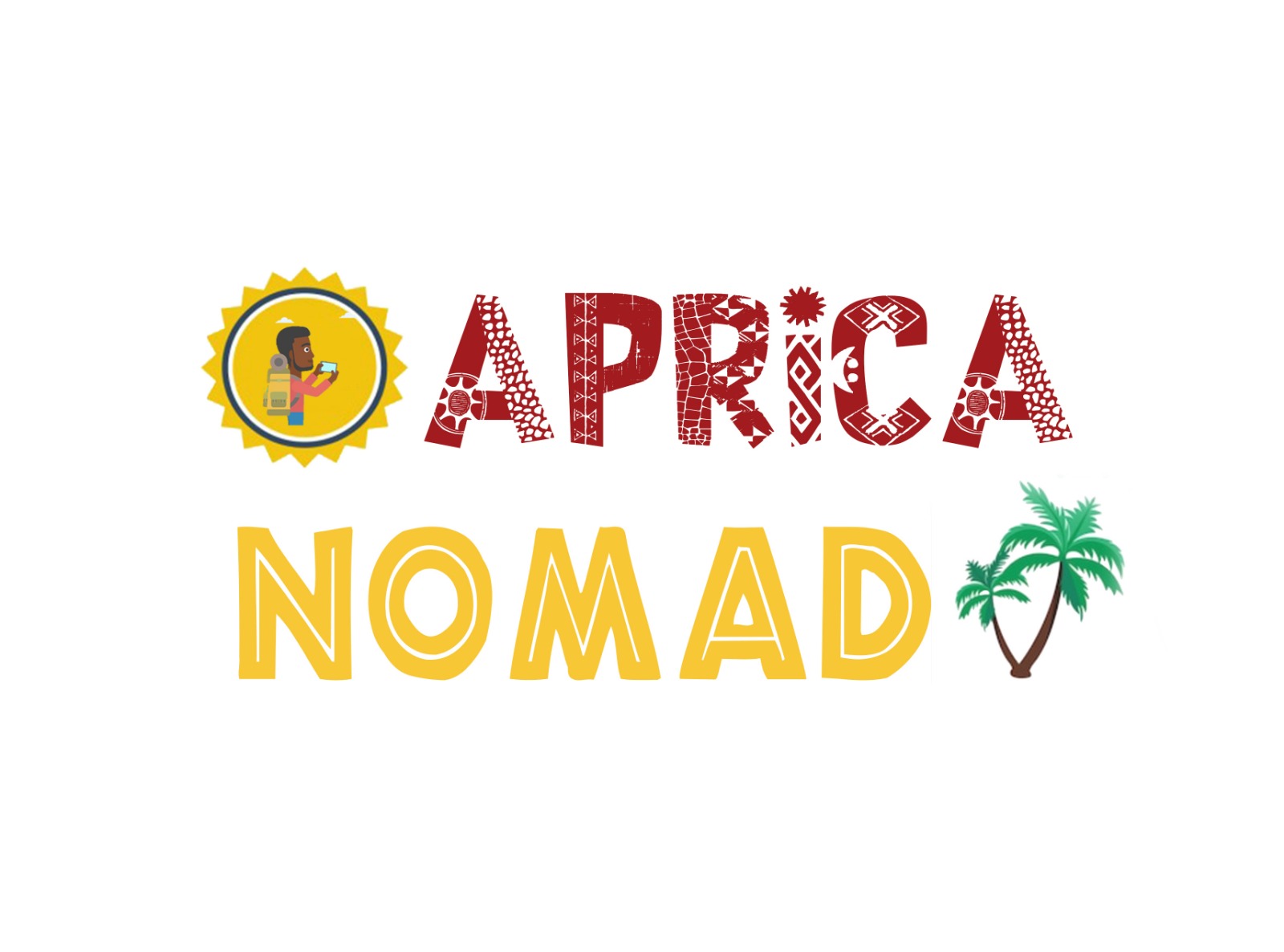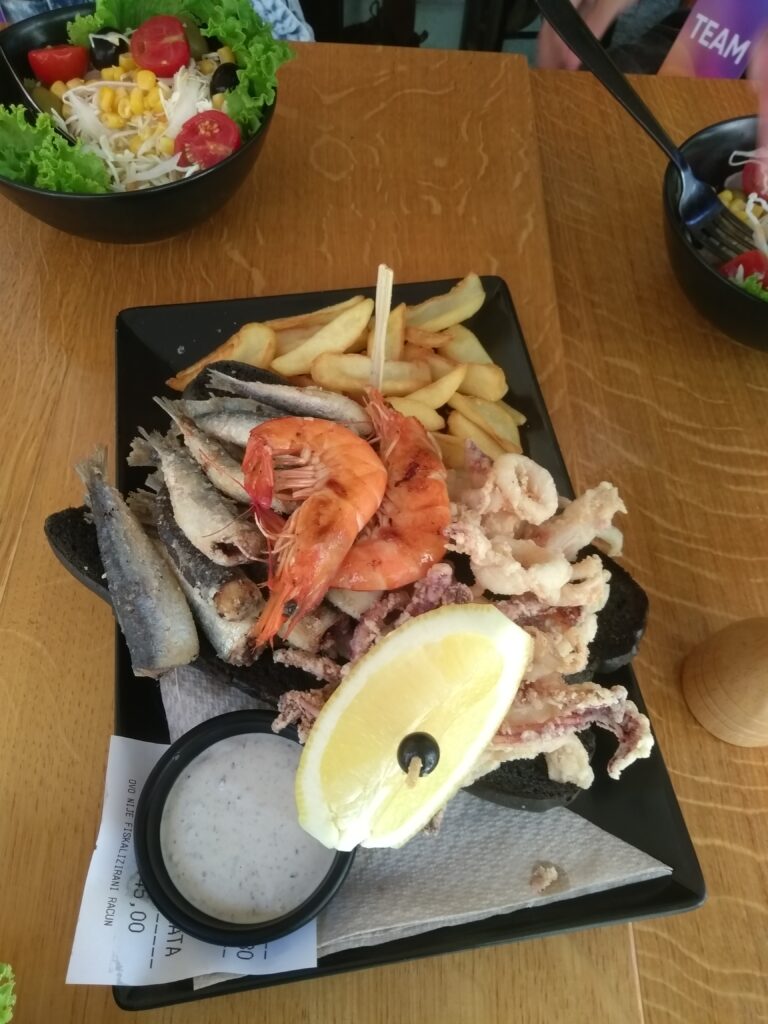Welcome to Pula
Pula in Croatia is Istria’s (the largest peninsula in the Adriatic Sea) largest city, situated in the valley of seven hills, with extraordinary Adriatic views. It is a lush green expanse, whose close proximity to Italy can be felt in its culture and architecture: narrow cobbled streets that end suddenly, with magnificent Roman buildings – including, notably, an enormous, spectacular amphitheater, built to host 20,000 spectators between 27 – 68 AD, and is the only remaining Roman amphitheater in the world with a complete circle wall.
HISTORY
Istra’s historic main city of Pula is symbolized by its Roman Amphitheater. The Arena is the only remaining Roman amphitheater to have four side towers and with all three Roman architectural orders entirely preserved. It was constructed in 27 BC – 68 AD and is among the six largest surviving. Although the amphitheater illustrates Pula’s Roman origins, the city’s history, in fact, stretches far, far beyond this period. Archeological findings in the area suggest that Pula’s history stretches back to 40,000 or even 1 million years BC.
According to historians, in 11th century BC Pula rose to prominence when it became a major settlement for the Illyrian tribe, the Histri. After expansion by the Roman. Empire into Istria in 177 BC, in 40 BC Pula became a Roman colony and grew rapidly during the years 27 BC to AD 14 under Emperor Caesar Augustus. During this time several important buildings were constructed (including the amphitheater) and the town rose in strategic and economic significance for the Romans, with local trade becoming important.
After the fall of the Roman Empire, Pula fell under the control of various groups, including the Goths (East Germanic people) for 45 years when it became part of the Byzantine Empire until the Slavs began their colonization in the early part of the 7th century. As with the rest of Istria, Pula fell under the control of the Venetians in 1331 and at the time the town had both strong Slavic and Roman influences. It was under Venetian control that Pula, unfortunately, suffered from numerous plagues and attacks from other groups and its population dwindled.
By the 16th century, there were only 1,000 citizens (down from 5,000 in the previous century) and by 1631, only 300 people populated the city.
Pula recovered during the 19th century when it was proclaimed the chief port of the Austro-Hungarian Empire and the population rose once more as the industry grew and workers flocked to the town. Around this time, Pula had a large German and Italian population.
After World War I, Pula (and Istria) became part of Italy and the majority of Croatians suffered oppression during this time as their rights were not respected.
After World War II ended in 1945, Pula was administered by the United Nations, and British and American units. It finally became part of Yugoslavia in 1947 and was then part of Croatia when it declared its independence in 1991.
CULTURE
Ethnic Make-up: Croat 89.6%, Serb 4.5%, other 5.9% (including Bosniak, Hungarian, Slovene, Czech, and Roma) (According to a 2001 census).
The Croatian language is a South Slavic language that is used primarily by the inhabitants of Croatia as well as Croats in Bosnia and Herzegovina. Croatian is based on the Ijekavian pronunciation of the Stokavian dialect (with some influence from Cakavian and Kajkavian) and written with the Croatian alphabet. German and English are the most common second languages. French, Italian, Czech, and Hungarian are also spoken.
The population is predominantly Roman Catholic. The Catholic Church plays a large role in Croatian society. Croatians are especially devoted to the Blessed Virgin (called “Gospa”), and throughout the country are sanctuaries built in her honor. Each village and town has a patron saint and that saint’s feast day is celebrated with a procession and church ceremony.
Croats are extremely proud of their heritage and culture and are thus staunch nationalists. They call their country “Our Beautiful Homeland” (“Lijepa naša”), which is also the title of the national anthem. The sense of nationalism comes both from their long and rich culture as well as a legacy of foreign invasion and control.
Folklore plays a key role in preserving culture.
The family is still the basis of the social structure. Weekends are considered a red family time and few Croatians will allow business concerns to interfere with this important part of their lives.
Greetings on an initial meeting tend to be formal and reserved. A handshake, direct eye contact, and the appropriate greeting for the time of day are standard. Address people with their honorific titles plus surname. Only close friends and family members tend to use first names. Never jump to first name terms without being invited to. Close friends may greet each other with an embrace and a kiss on each cheek. Again, wait until the Croatian initiates this form of greeting.
LOCAL SPECIALTIES

Food from Croatia has many influences from the Italians, Turkish, Hungarians, plus a few others. This influence on food over the generations has shaped the types of Croatian food you’ll see and taste during your stay. Istria is well known for its finest wines in Croatia. The vast majority of restaurants offer typical Croatian cuisine, pizza, pasta, risotto, and grill at affordable prices around 6-8€ for light lunch or dinner. Throughout Pula, you’ll find restaurants that offer fabulous local specialties that are a must-try:
Croatian Truffles – certainly a true and unique gastronomic delicacy from Istria. They are available in stores, packed, and ready to be consumed. If you choose to buy truffles, be sure to buy them packed since they have a very strong smell.
Olive oil – produced in Istria from autochthonous varieties is said to be some of the best in the world and is a true Istrian souvenir. Istrian olive oil has a very refined smell and flavor.
Istrian lavender – A medicinal plant that comes in different packages and is inexpensive. It is believed that lavender oil has the same effect as mild sleeping pills so it can be used as a natural stress relief or sleep aid.
Octopus under the bell (in Croatian “ispod čripnje”) – is octopus prepared under in a tin or earthen pot which is then covered with live coals and hot ashes. In addition to octopus, squid and other marine quality fish can be prepared with this method. Local squids are the pride of the local population and repeatedly attract visitors of Istria because of their high quality and distinctive delicate taste. Stewed in its own juices, baked under the bell, on the sauce, in a stew or stuffed, they really reveal the tastes of the Adriatic Sea.
Croatian Seafood – excellent thanks to the Adriatic Sea being so clean, which means the fish are healthy and delicious. You would be hard-pressed to find a Croatian from Dalmatia, Istria, or Kvarner that does not like grilled fish. Whether it be sardines, sea bream, sea bass, or scorpionfish, this is typical Croatian cuisine.
Fuži – A type of pasta that at a cursory glance appears to be penne pasta (It’s not). When these hand-rolled pieces of pasta are served with the local specialty of white truffles, you’ll be in foodie heaven. Matched with an Istrian wine, fuži is the must-try dish in Istria, especially with some white truffle shaved over your Fuzi.
There are many food options in and around Pula, and you can find some options for vegan or vegetarians.
INTERESTING TIPS
Pula was developed in Augustan times and boasts a breathtaking amphitheater, temples, and a collection of arches that have survived for over 2,000 years.
Later, the Venetians made it part of their Adriatic defences, enriching the city with yet more military heritage. But it was the Austro-Hungarian empire that really went to town in Pula, picking the harbour for their imperial maritime arsenal in the 1800s. What remains is a city jammed with majestic old buildings, but also in a stunning hillside location hemmed by natural parks and surrounded by many bays and coves, unaffected nature and crystal clear sea. Pula boasts the most city beaches in the Adriatic, with around twenty beaches, many of which have been awarded with a blue flag – a symbol of clear sea and great facilities.
Pula is an absolutely gorgeous city – and one where you can feel the rich history simply by walking through it –
We personally recommend the following activities and places to visit.
Excursion Inside Pula
Free Pula Tour – This is a guided walking tip-based tour (every Wednesday at 12:00) of about 2 hours that giving you the chance to see all of the most important monuments (The Arch of the Sergii, The Arena, Roman Temple Pula City Walls…) the city has to offer and experience the history and culture of this ancient city. It’s free but at the end of the tour, you decide how much it was worth to you.
Pula Forum – Among the sights of Pula is the Forum — the main square of the ancient part of Pula — where the Temple of Augustus is located, as well as the building of Town Hall, and where choral concerts take place.
Pula Castle Kaštel – The Kastel fortress towering over the old centre of Pula, as well as the Pula Cathedral of the Assumption of the Blessed Virgin Mary, built in the 5th-6th century, the Orthodox Church of St Nicholas, the Church and Monastery of St Francis, the Chapel of St Mary of Formosa is in the place of the ruined Benedictine abbey.
Underground tunnels – Zerostrasse – Below Pula is an underground tunnel world stretching almost across entire Pula, known as Zerostrasse. Pula’s underground tunnels were erected during the WW1 to provide a shelter for people in case of air raids. The underground tunnel system consisted of shelters, trenches, galleries, and passages, as well as ammunition storages and communication passages. Each hill in the town’s core was drilled and dug up, thus creating an extended tunnel network.
Underwater Park Verudela – Right below the Hotel Brioni at Verudela, you can now set out on a completely different walk – a walk under the sea. With an innovative helmet that keeps you under the surface and enables you to breathe underwater, you can walk around freely, admire and feed the fish, sit down and take a break, explore the wrecs.
Excursion Around Pula
Brijuni – true paradise – The Brijuni Islands or Brijuni archipelago are today one of the most attractive tourist destinations in Croatia. This archipelago consists of a group of islands off the western coast of Istria, which together with the surrounding waters was proclaimed a national park in 1983. The islands are only 6 km from Pula and separated from the mainland by Fažana Channel, with a regular daily boat service from the nearby Fažana port. The Brijuni Islands comprise two larger islands – Veliki and Mali Brijun, as well as 12 smaller and exceptionally indented islands that have been inhabited since prehistoric times. Brijuni are well known for their mild Mediterranean climate with plenty of sun and humidity.

Brijuni – National Park
One of the most attractive Park
Boat Tour Medulin to Levan Island – once a small fishing village, today is a modern tourist center. It is one of the main centers of Istrian tourism with a richly indented coastline. The sea makes up three-quarters of the Medulin Riviera with rich flora and fauna which further enhances a visit to this area. Medulin is a town where you can spend a quiet and romantic but also a dynamic and meaningful holiday. The city is known for its beautiful sandy, pebble, and rocky beaches, the most famous being Bijeca. While in Medulin, don’t miss the opportunity to visit other nearby tourist centers such as Rovinj, Poreč, Pazin, and Umag.
Plitvice – Croatia’s most popular national park, attracting more than one million visitors a year. Its cascades, waterfalls and lakes, 16 in all, changing color from turquoise to azure to grey according to the minerals in the water and the play of light, give Plitvice the wow power to bring the bulk of this tourist traffic.
Hum – known as the smallest town in the world, which is why it’s one of the most attractive excursionist destinations in Croatia. The city is located near Roč, deep in the hinterland of the Istrian peninsula. Hum’s history starts in the early medieval age, and the fact that the town is completely surrounded by old walls and that there was not much construction outside of them is especially interesting. Thanks to such a settlement structure, one can rightfully claim that the entire Hum is actually a monument. Due to its specificities, the town is truly unique and interesting to history and culture explorers, and the area around Hum is especially attractive to nature lovers. Thick forests, meadows, and hills are favorable for long walks and short family excursions. Thanks to the proximity of Buzet, also known as the “town of truffles”, due to favorable conditions that favor the growth of this aromatic mushroom.
Adventure Activities
There are many other activities options the city has to offer. You can either decide to relax at one of its beautiful beaches while sunbathing and drinking delicious cocktails (I’ll recommend you Zeppelin beach & lounge bar Pula). For those who prefer a boost of adrenalin, you can try out Kayak tour, cliff jumping, sea diving, or cave exploring.
NightLife Options
There is a lot to see and do in Pula at night. The sad note is that clubbing options are a little less varied than in Zagreb or Rijeka. Unlike those two big cities, due to laws restricting bar opening hours, the downtown doesn’t have as much going on at night. However, just outside the middle of Pula central, there are a number of sociable and picturesque venues to experience.
There’s also plenty of beach bars in the villages surrounding Pula (Medulin is the location of one of the most popular beach bars) which are an awesome way to spend your evening with friends and loved ones.
If you’re looking to venture out of Pula, most of the action can be found in Verudela or Premantura (located just outside the city of Pula) which can be easily reached out by Taxi or Bus.
Club Uljanik right in the downtown has been open since the ’60s and still boasts a strong year-round roster of alternative bands and DJ nights, and opens up a big outdoor terrace in summer. Indy gigs and alternative club nights also take place in the basement of the Rojc Centre, although you should check the schedule before making tracks.
Habsburg-era navel forts count among Pula’s most compelling nightlife destinations: Fort Bourguignon near Valsaline Bay hosts regular summer DJ events; while Fort Punta Christo, north along the coast, is the site of the Outlook and Dimensions festivals, and the seasonal Seasplash Summer Club.
Zeppelin beach & lounge bar at night is the best place for Latin kinds of music such as salsa dance, bachata, tango, kizomba…
Pula Film Festival
Pula Film Festival is the oldest film festival in Croatia and one of the oldest film festivals in Europe. Its trademark is the Arena, where the film screenings take place under the stars. Today it is the most visited cultural event in the Republic of Croatia, with over 73,000 visitors attending the great number of festival events. The festival program takes place in different city locations, attracting a large number of visitors. The competition program includes Croatian films, both feature and short films, usually premieres at the festival, as well as international program, children’s program, youth program, retrospective program, and Pula Cinematheque. The accompanying sidebar program consists of programs for film professionals, film workshops, different exhibitions dedicated to cinematography and concerts. All film programs, except for the program in the Amphitheatre, have free entrance, and all the films that aren’t in English have English subtitles. The tickets for the Amphitheater cost less than 4 euros per night, and include two films.

Pula ArtWork Murals
It is literally impossible to miss out on the artwork of the murals that are hugely contributed to the beauty and uniqueness of the city of Pula. Those masterpieces were crafted by Albert a robot that belongs to Robot Muralist. The company’s mission is to deliver technology that enables the person behind the steering wheel to take their creativity to whole new heights. Pula’ ArtWork Murals are eye-catching that make the city more vibrant and attractive.
Thank you so much for reading our article on “Discover Pula in Croatia”.
Please subscribe or/and leave us a comment below.
With Love ❤️
























